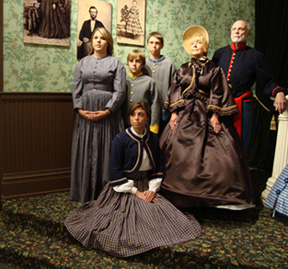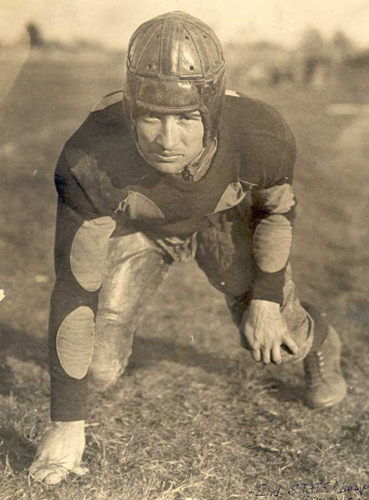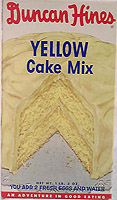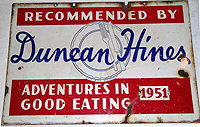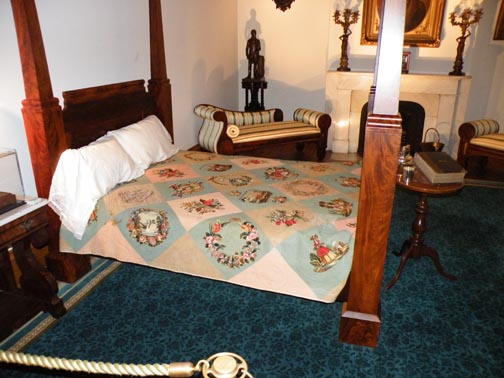
James A. Parrish, Sr., writes of D-Day
As another anniversary of the D-Day landings at Normandy passes, here are some memories of Kentuckians who fought on that historic day, and whose reminiscences are preserved at WKU’s Special Collections Library:
We were anchored 12 miles off shore . . . The sound was deafening. It looked like a tornado from all the dust and smoke in the sky. — Ralph J. Glaser
I had land mines, supplies and men loaded on my truck . . . As I prepared to drive off the boat ramp, my truck stalled just before I got to shore and I had to be towed . . . I was deeply saddened as I looked upon the many American soldiers lying dead in shallow water on the beach . . . it was a shocking sight for a country farm boy who had grown up in the serene countryside of Daviess County. — Beverly Gilmore
It did not dawn on me until we were nearly on the sand that it was not raining. What I had assumed to be rain hitting the water all around us was actually bullets fired from shore . . . Later I was taken along with the other wounded out to a hospital boat anchored off shore . . . they insisted upon putting me on a stretcher and strapping my arms to my sides. They they . . . began to hoist me to the ship high above. The rough seas caused the stretcher to swing out 10 to 15 feet from the ship’s sides. I screamed awful things on the way up. — Bradley M. Green
We arrived at Utah Beach a little before dawn . . . Off shore with a rough sea running and in darkness, the assault waves climbed down landing nets into the bouncing landing crafts . . . Soon after hitting the beach, my foxhole buddy said, “Man, this is the real thing, isn’t it?” . . . He and I were approximately 20 yards apart at the time, and when I turned to respond, he was hit and killed by a large shell. — Russell C. Goddard
